The COVID-19 pandemic has affected people around the world. Work, school, politics and the rest of our lives have been upended. Most horrifyingly, 6.5 million people died. All, or at least most of us, can agree that this has been a catastrophe of world-historical proportions.
COVID-19 has also served as a stress test of our country’s, and the world’s, capacity to respond to pandemics. And we can’t rest on our laurels, either. According to one study, there’s typically a 1 in 50 chance of a COVID-like pandemic in any given year. This means, over the course of your life, there is a 38% chance you’ll experience a COVID-like pandemic.
Given the non-negligible probability of another pandemic, we need to be doing everything we can to prepare. Are we?
Craig Hedberg, a professor of public health at the University of Minnesota who studies infectious diseases, pointed out that the American Rescue Plan allocated $7 billion toward the public health workforce. However, he said he was worried this is just another step in the boom-and-bust cycle that has afflicted American public health for decades.
Public health funding went up dramatically after 9/11 raised fears about bioterrorism, followed by a drastic decrease after the 2008 financial crisis, and then another increase during the current pandemic. This inconsistency, he said, is “disruptive to the system.” Hedberg said he’d rather see “long-term stability of the funding that allows people to plan and build systems.”
“When public health works, it’s invisible,” said Melanie Firestone, an assistant professor in environmental health at the University. “And so we have a marketing problem, in one sense, because having a big problem creates that need for the funding, but it’s largely silent or unseen the rest of the time.”
“I’ll take less money, but give it to me on a regular basis,” Hedberg said.
“Give me more money consistently,” said JP Leider, senior fellow at the School of Public Health at the University. Leider characterized the cycle of funding as “panic, neglect, repeat.”
So we’ve established that we need to keep our investments in pandemic preparedness over time so that we don’t get caught off guard. But what should we be doing, specifically?
Multiple experts cited the effectiveness of COVID-19 vaccine development.
“The vaccines have really been a remarkable achievement that we’ve been able to develop these things and get them out to as many people as we did,” Peter Raynor, a professor in the School of Public Health said. “That said, being able to do it even faster and more consistently is important, and not to lose the capability that we’ve developed.”
Jake Eberts is communications director at 1Day Sooner, an organization that advocates for high-risk “challenge” trials as well as other policies related to medicine and public health. He also praised the effectiveness of Operation Warp Speed (OWS), a U.S. government effort to develop vaccines under the Trump administration. Eberts said OWS identified regulatory hurdles that stood in the way of vaccine development and was able to use the military’s massive logistics network to aid in the pandemic response effort.
The U.S. military delivered “equipment and raw materials from all over the world,” according to health news site Stat. “There are quite honestly certain logistical elements of this that the CDC has never, ever been asked to do, and why not bring the best logisticians in the world into the equation?” Paul Mango, then deputy chief of staff for policy at the Department of Health and Human Services, told Stat.
Eberts also discussed the idea of a “pandemic insurance fund.” This would be an attempted solution to vaccine inequity, in which rich countries can afford to buy up supply while poorer countries go without. Rich countries would donate a certain percentage of their GDP to this fund. “In the event of another pandemic, low- and middle-income countries … can pull from that pool to compete in bids for vaccines,” he said.
Audrey Dorélien is a professor at the Humphrey School of Public Affairs who is also affiliated with the Applied Economics Department, the School of Public Health and the Minnesota Population Center. She raised the idea of human challenge trials, in which healthy human subjects are deliberately infected with the disease that’s being researched.
While such trials are “very risky,” Dorélien said if they had been used more during this pandemic, they “would have given us more accurate results sooner and could have potentially averted a lot of the deaths.”
Rebecca Wurtz is a professor in the School of Public Health. She said public health “requires consensus and relationship-building.”
However, this can’t be done on the fly. “It’s too late to make those relationships after the emergency starts,” she said. Instead, public health institutions should work on that relationship-building with the community even in times when there isn’t a pressing emergency.
“One of the crises that we’ve had in our public health system is that everybody’s getting old,” Hedberg said. “We haven’t been rebuilding the flow of new, younger, well-trained people to take over all these responsibilities.
Another way to improve our pandemic preparedness is through indoor air treatment. Raynor has researched this topic extensively. He said “good indoor air quality has benefits not just during the pandemic but just in regular transmission of cold viruses, influenza … and other issues like smoke particles.” This can be done through engineering as well as government guidelines and regulations that encourage a certain level of air quality, he said.
Something else that experts said is that pandemics don’t affect everyone equally, and COVID-19 is no exception. Integrating the social and natural sciences will be critical to fighting future pandemics.
“What all this stuff, I think, has been lacking, once again, is that social, behavioral aspect,” Dorélien said. She said other countries, particularly in Europe, had collected social and behavioral data, such as how age groups mix, that would be critical for understanding disease spread. The U.S., however, was behind the curve.
Dorélien also explained how race can affect someone’s likelihood of COVID-19 exposure. One of the main sources of inequality in COVID-19 exposure “is different exposures in the workplace,” she said. For instance, “not every single group was equally likely able to work from home.”
Elizabeth Wrigley-Field is a professor of sociology at the University and works with Leider to study COVID-19 mortality in Minnesota. In addition to praising vaccines and calling for more air treatment, she advocated for paid sick leave, increased hazard pay, mask mandates and community outreach efforts to get more people vaccinated.
COVID-19 has given us a good trial run. We know what has worked. We also know more needs to be done to prepare for future pandemics. We can’t rest on our laurels, and we need to make sure we don’t leave anyone out.


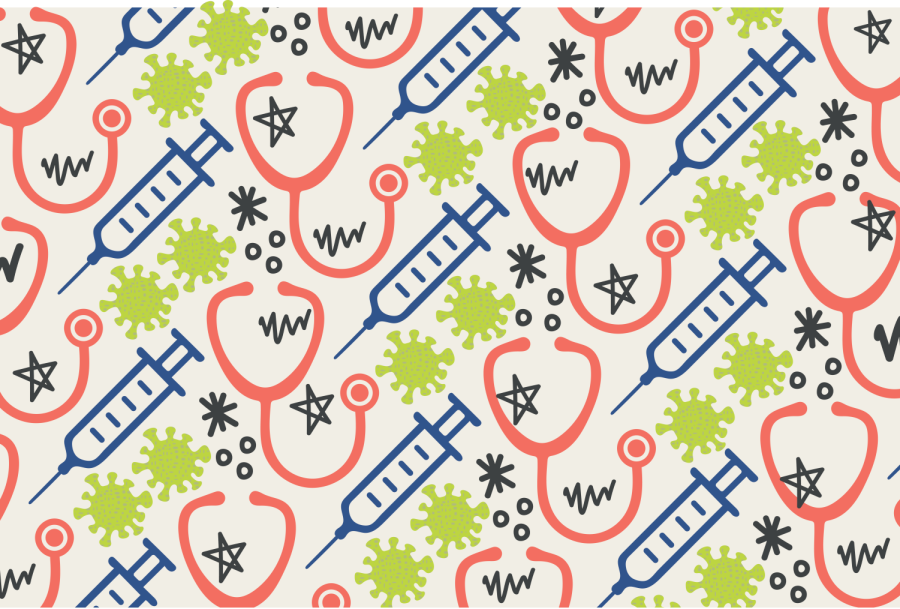

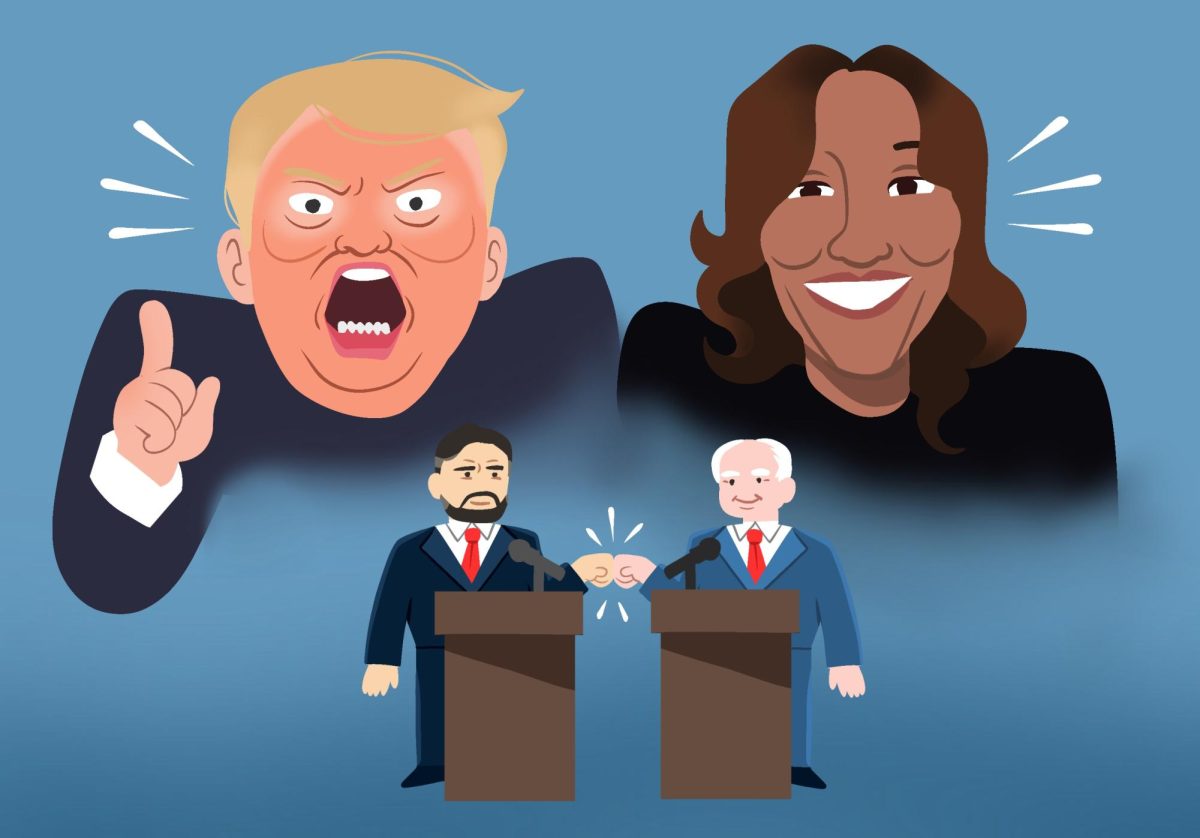
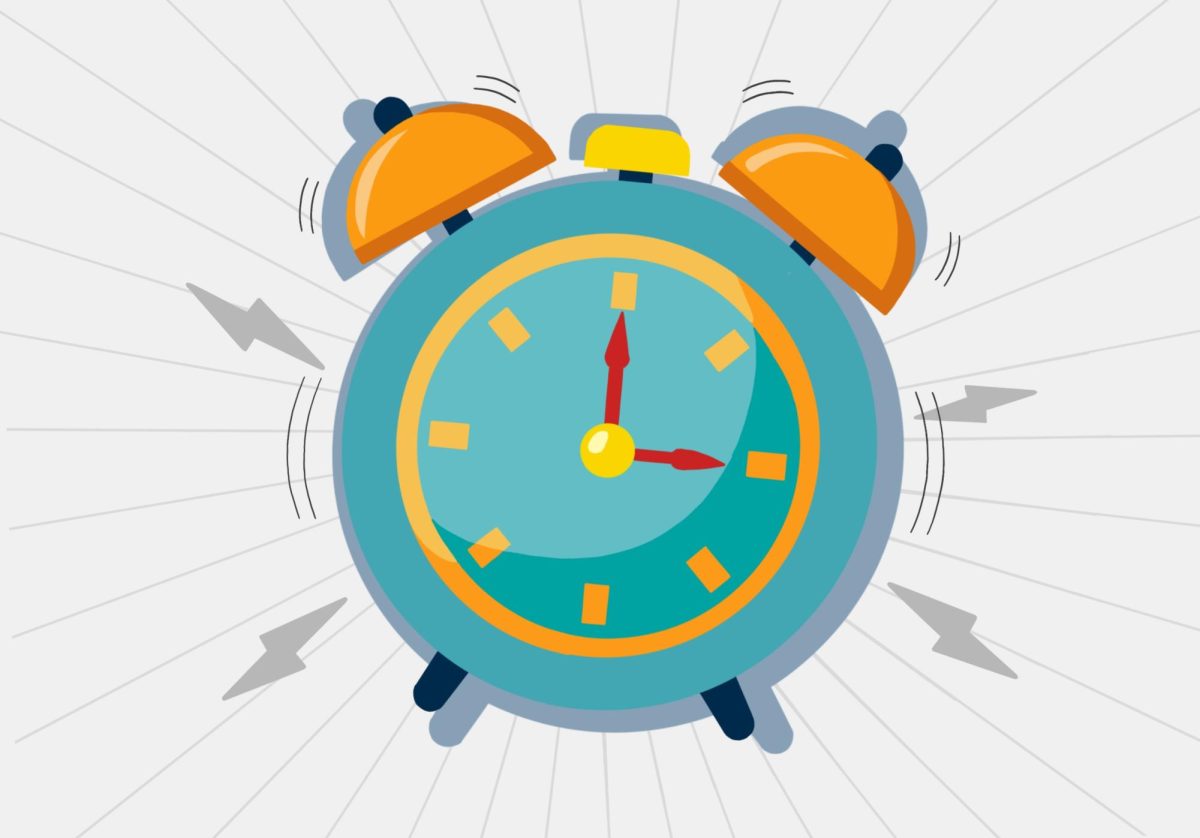
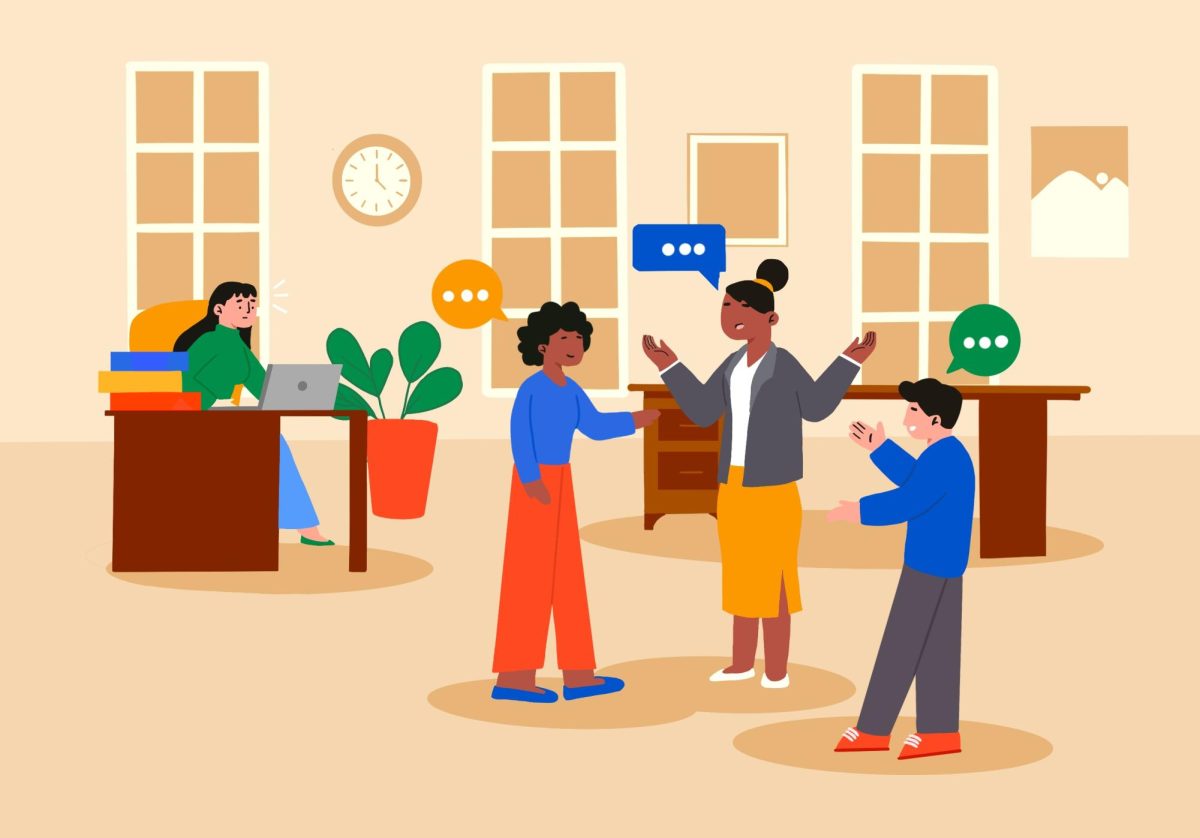
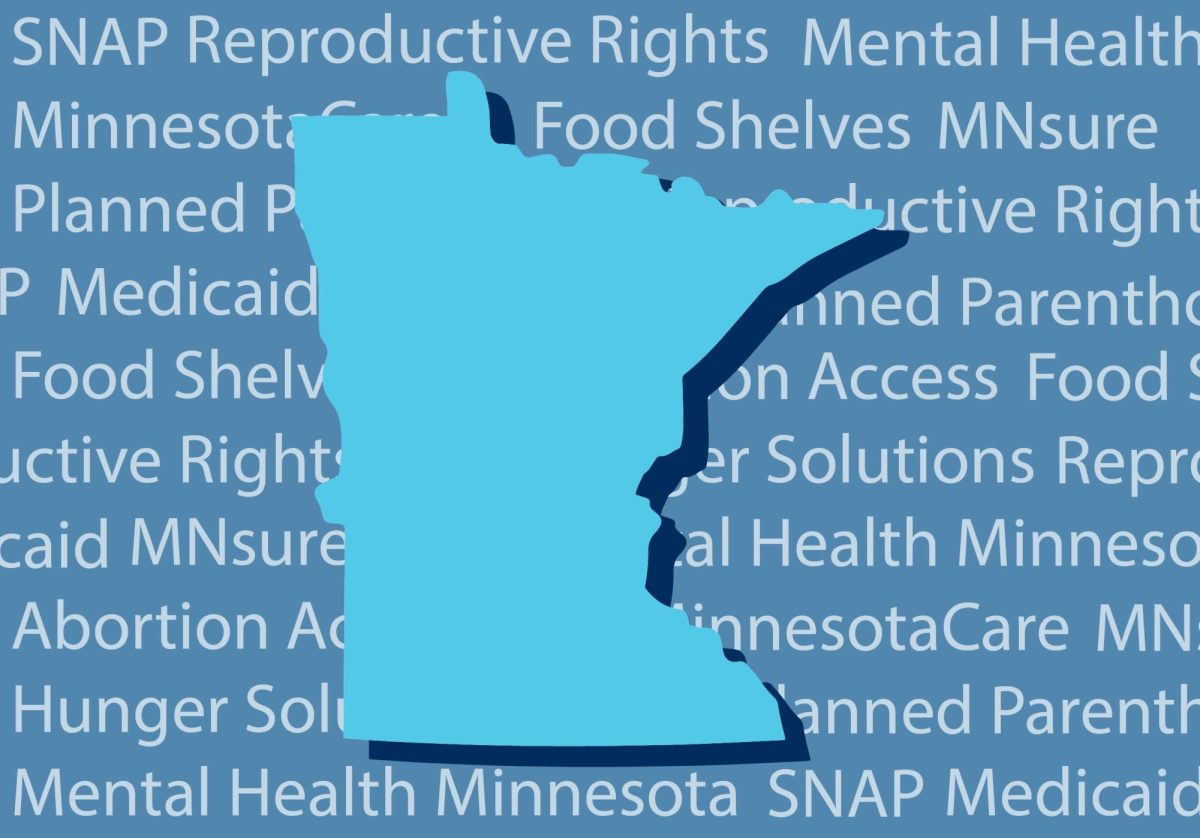
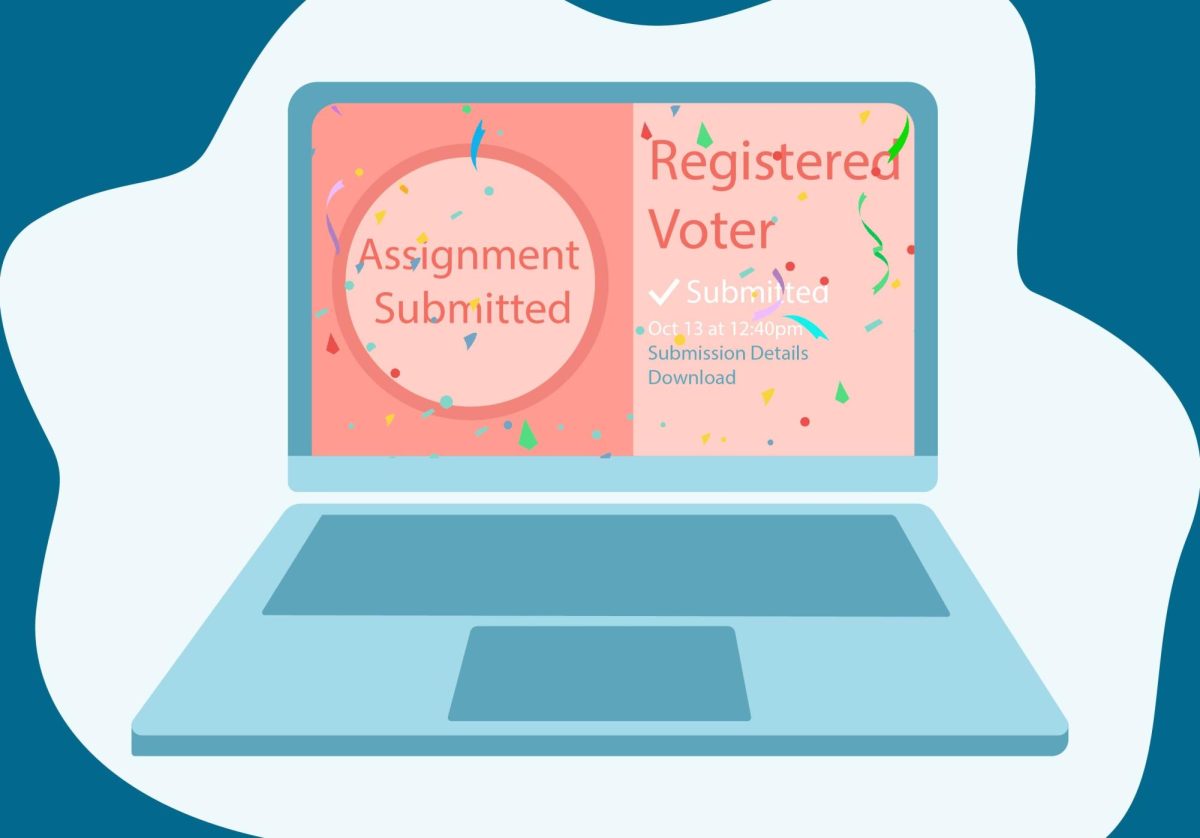

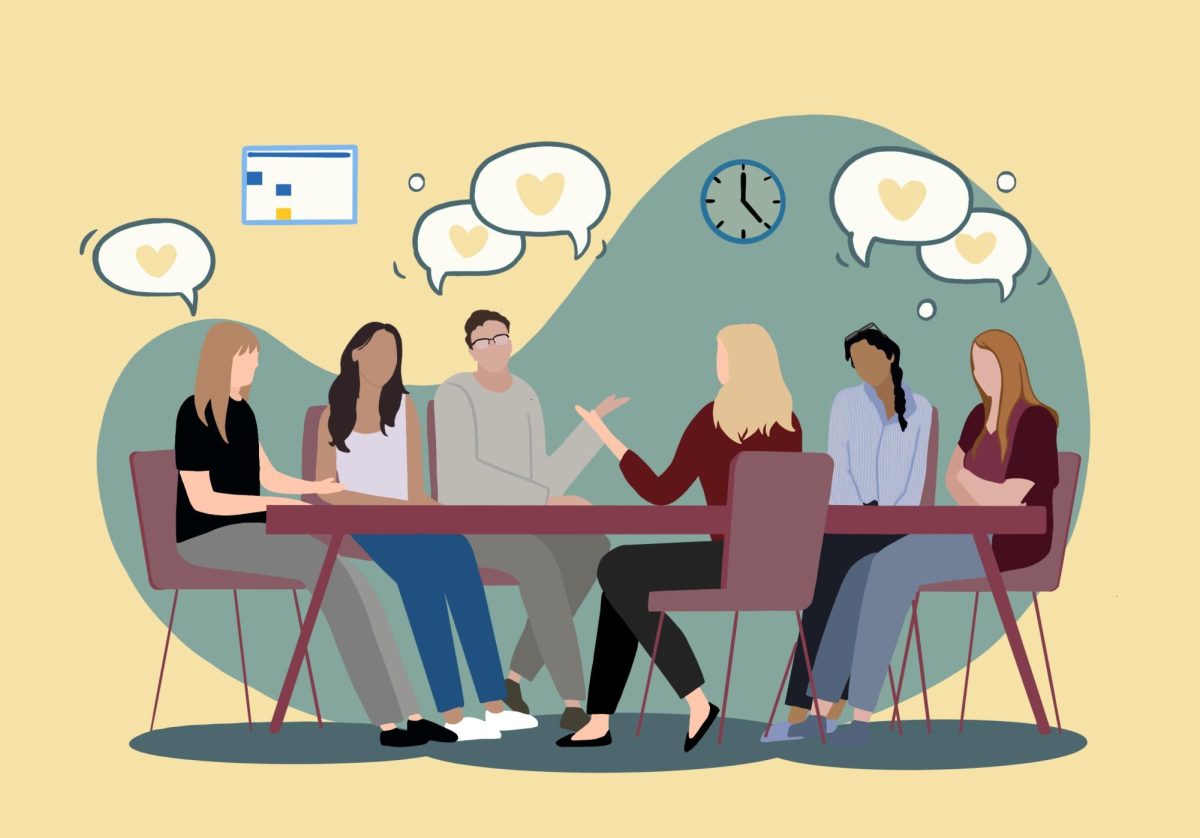
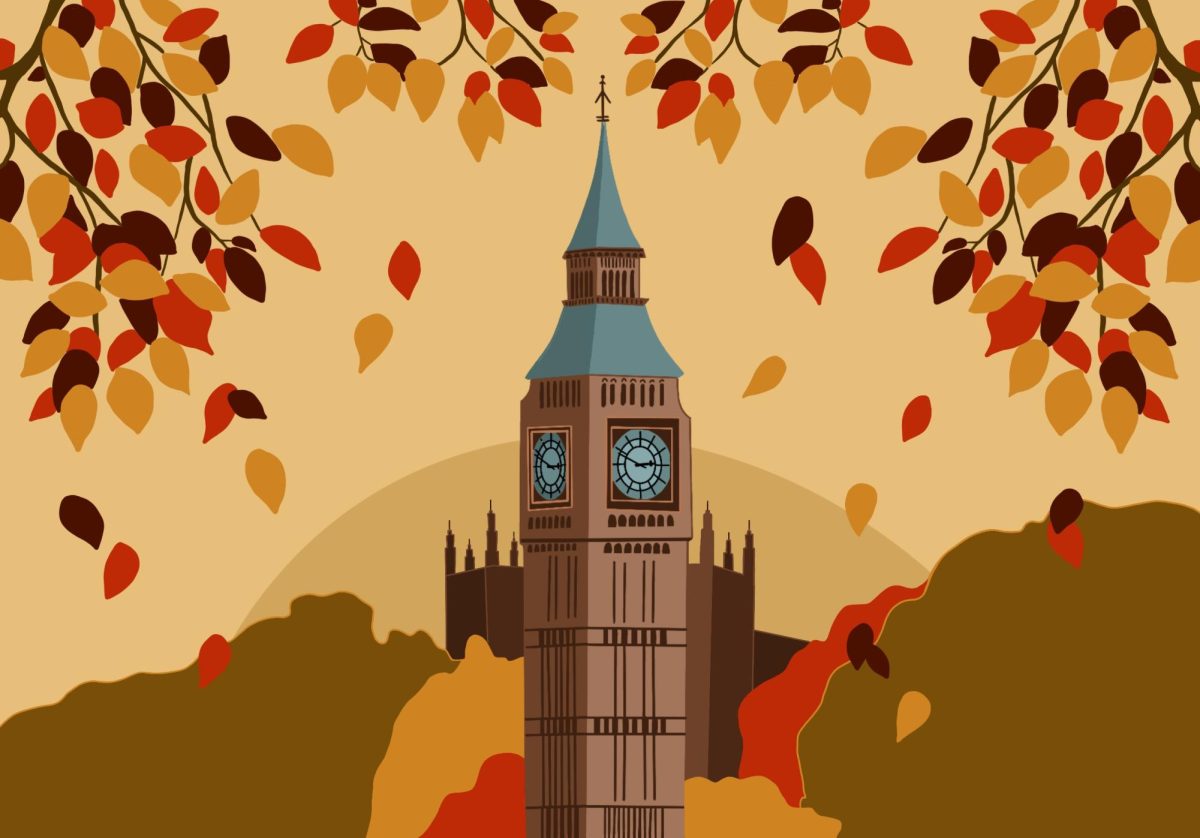
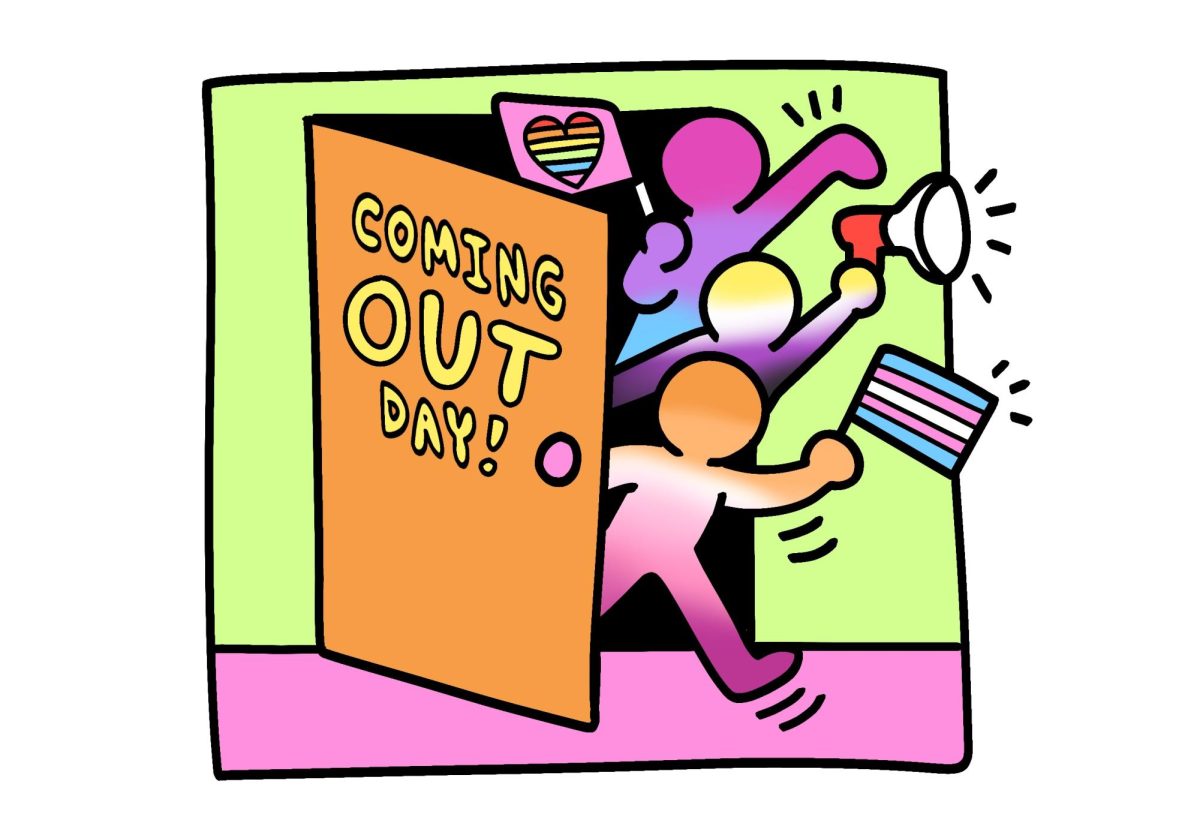
UMN0001
Nov 10, 2022 at 11:32 am
How about preparedness focuses on the obesity in this country. You fix that, covid-19 type pandemics are not a major risk. In doing so, cancer rates will decrease, heart health will improve, costs for healthcare will drop, and people will be happier.
The majority of Covid-19 deaths (not from elderly) were obese. Period. America is so focused on “body positivity”. This is a problem. Make your health a priority to protect yourself.